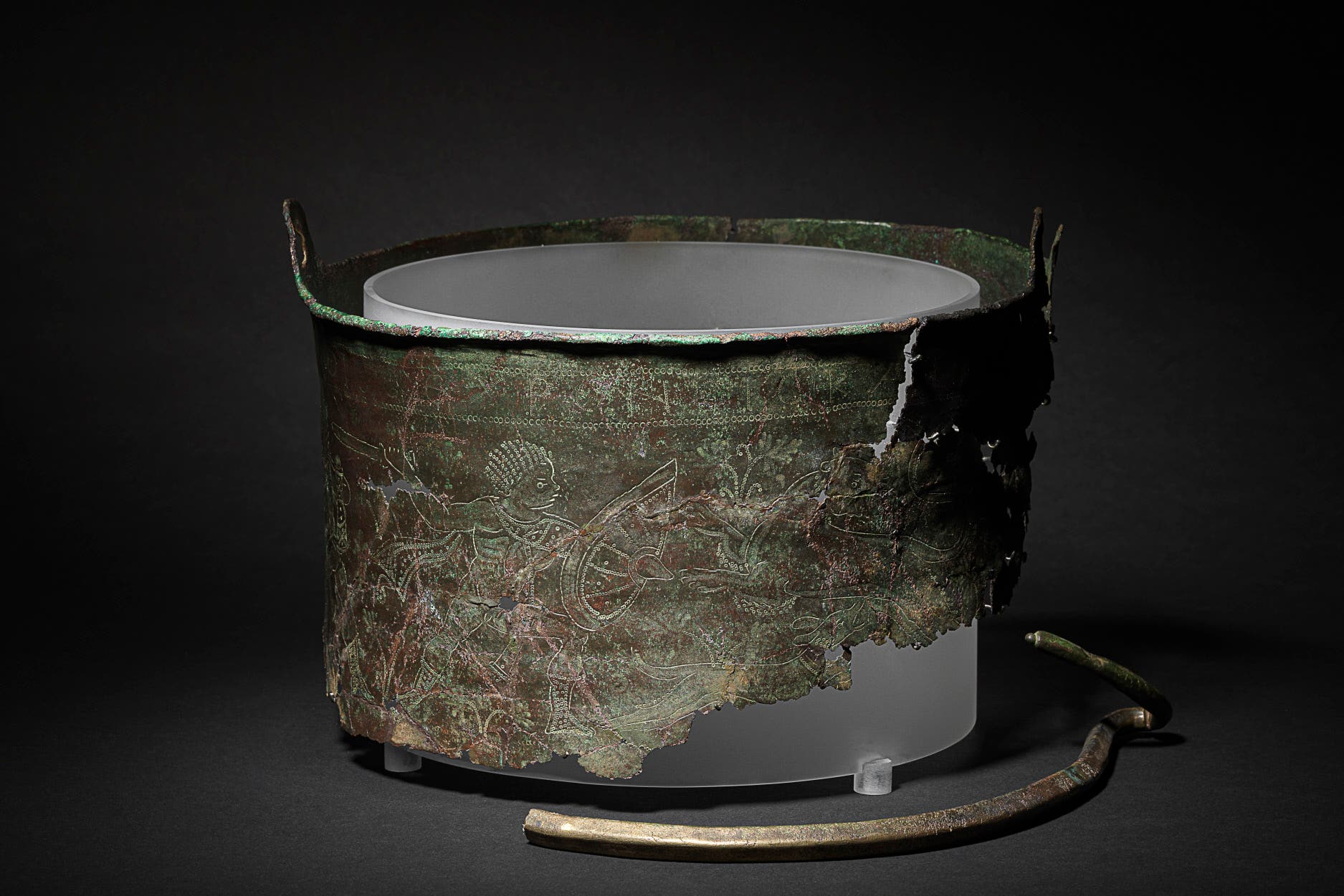Time Team to carry out second dig at Sutton Hoo next year
A dig this summer was carried out near the visitor centre at the Suffolk site.

Your support helps us to tell the story
From reproductive rights to climate change to Big Tech, The Independent is on the ground when the story is developing. Whether it's investigating the financials of Elon Musk's pro-Trump PAC or producing our latest documentary, 'The A Word', which shines a light on the American women fighting for reproductive rights, we know how important it is to parse out the facts from the messaging.
At such a critical moment in US history, we need reporters on the ground. Your donation allows us to keep sending journalists to speak to both sides of the story.
The Independent is trusted by Americans across the entire political spectrum. And unlike many other quality news outlets, we choose not to lock Americans out of our reporting and analysis with paywalls. We believe quality journalism should be available to everyone, paid for by those who can afford it.
Your support makes all the difference.Archaeologists from Time Team are to return to Sutton Hoo for a second dig next year, after unearthing missing pieces of a 6th century Byzantine bucket during a first excavation earlier this year.
This summer’s four-week dig was carried out near the visitor centre at the Suffolk site, away from the famous Anglo-Saxon ship burial that was discovered in 1939.
Fragments of a 1,400-year-old Greek inscribed bucket, known as the Bromeswell Bucket, were first uncovered at Sutton Hoo in 1986, with further pieces found in 2012.
It was probably made in the eastern Mediterranean region in the 6th century, about 100 years before the ship and its extraordinary treasure was put to rest.
As well as pieces of the bucket, several Anglo-Saxon graves were discovered this year.
The National Trust said archaeologists from Time Team will return from May 19 2025 for another four-week dig.
Regional Archaeologist for the National Trust, Angus Wainwright, said: “The first phase of the project, which took place in June, was the most intensive period of excavation Sutton Hoo has seen since the early 2000s.
“It was a really exciting moment for us and ended on a high, with the discovery of missing fragments of the Bromeswell Bucket, which originated from the Byzantine empire in the 6th century.
“The majority of these pieces were lifted out in one block and removed to an undisclosed location in York, where they are currently being X-rayed and excavated, along with some other interesting finds that were discovered in the process.”
A number of human cremations were also discovered during this latest excavation, indicating the burial ground that was discovered in Garden Field in 2000 stretches further than previously thought.
The burial ground revealed 13 cremations and nine burials, and is believed to predate the Royal Burial Ground.
It is likely to be the final resting place of residents of low to relatively high-status families, possibly including the grandparents and great-grandparents of those laid to rest at the Royal Burial Ground many years later.
These newly discovered cremations are also being processed at the specialist facility in York, where the cremated bones will be analysed to try and age and sex the person, as well as carbon date the burial.
It is hoped that the second dig next year will uncover more about the prehistory of Sutton Hoo and gain a better understanding of the second cemetery in Garden Field.